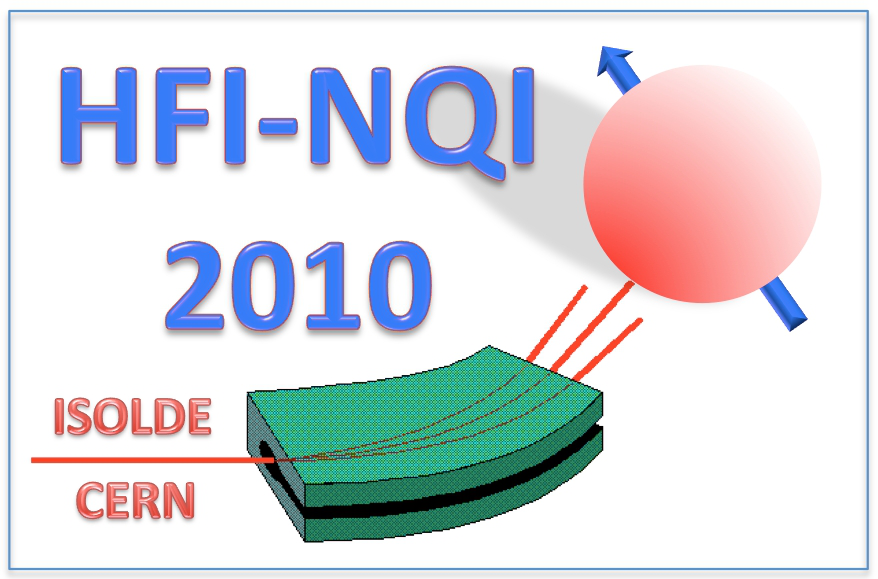Speaker
Mr
Daniel Rossetto
(IPEN/CNEN)
Description
Hafnium oxide is one of the new dielectric materials that is likely to replace silicon dioxide in semiconductor industry because of its excellent physical and chemical properties. Obtaining detailed information about this material, such as defects in the crystal lattice is quite important because they can alter its macroscopic characteristics thus changing it from a dielectric in to a semiconductor material with magnetic properties. In the present study we have used PAC technique to measure the hyperfine interactions in nanostructured samples of HfO2 using 181Hf-181Ta nuclear probe. Samples of HfO2 were prepared by the well known sol-gel method to obtain nanostructured material. After gel formation, samples were calcined at 320ºC in air. The samples were characterized by x-ray diffraction (XRD), scanning electron microscopy (SEM) and energy dispersive x-ray spectroscopy (EDS), where the crystal structure, morphology and grain size were determined. The results showed a unique phase with monoclinic structure of HfO2. The particle diameter was found to be in the range 30-40 nm. The samples were irradiated at the IEA-R1 reactor at IPEN with thermal neutron flux Φ = 5x1013 n.cm-2.s-1 during 10 hours to produce 181Hf through (n, γ) reaction on 180Hf. After neutron irradiation the samples were annealed at temperatures which varied between 400C and 900C in vacuum, in air and in nitrogen atmosphere. PAC measurements were performed at room temperature after each annealing procedure. The results show the presence of two different electric quadrupole interactions. One of these interactions, with a well-defined frequency q ~ 780 MHz and η ~ 0.4 was assigned to the probe nuclei substituting regular Hf sites in the HfO2 structure. The other interaction with highly distributed frequency q ~ 1000 MHz and a smaller fraction, which varied with the annealing temperature, was associated with the probe nuclei occupying sites with structural defects near the surface of the nanoparticles.
| Are you a student, a delegate from developing countries or a participant with physical needs and would like to apply for a sponsored accomodation. Please answer with yes or no. | yes |
|---|---|
| Please specify whether you would prefer an oral or poster contribution. | poster contribution |
Author
Mr
Daniel Rossetto
(IPEN/CNEN)
Co-authors
Dr
Artur Carbonari
(IPEN/CNEN)
Dr
Fábio Cavalcante
(CFNUL)
Mr
Gabriel Pasca
(IPEN/CNEN)
Dr
José Mestnik-Filho
(IPEN/CNEN)
Mr
Luciano Pereira
(IPEN/CNEN)
Dr
Rajendra Saxena
(IPEN/CNEN)
